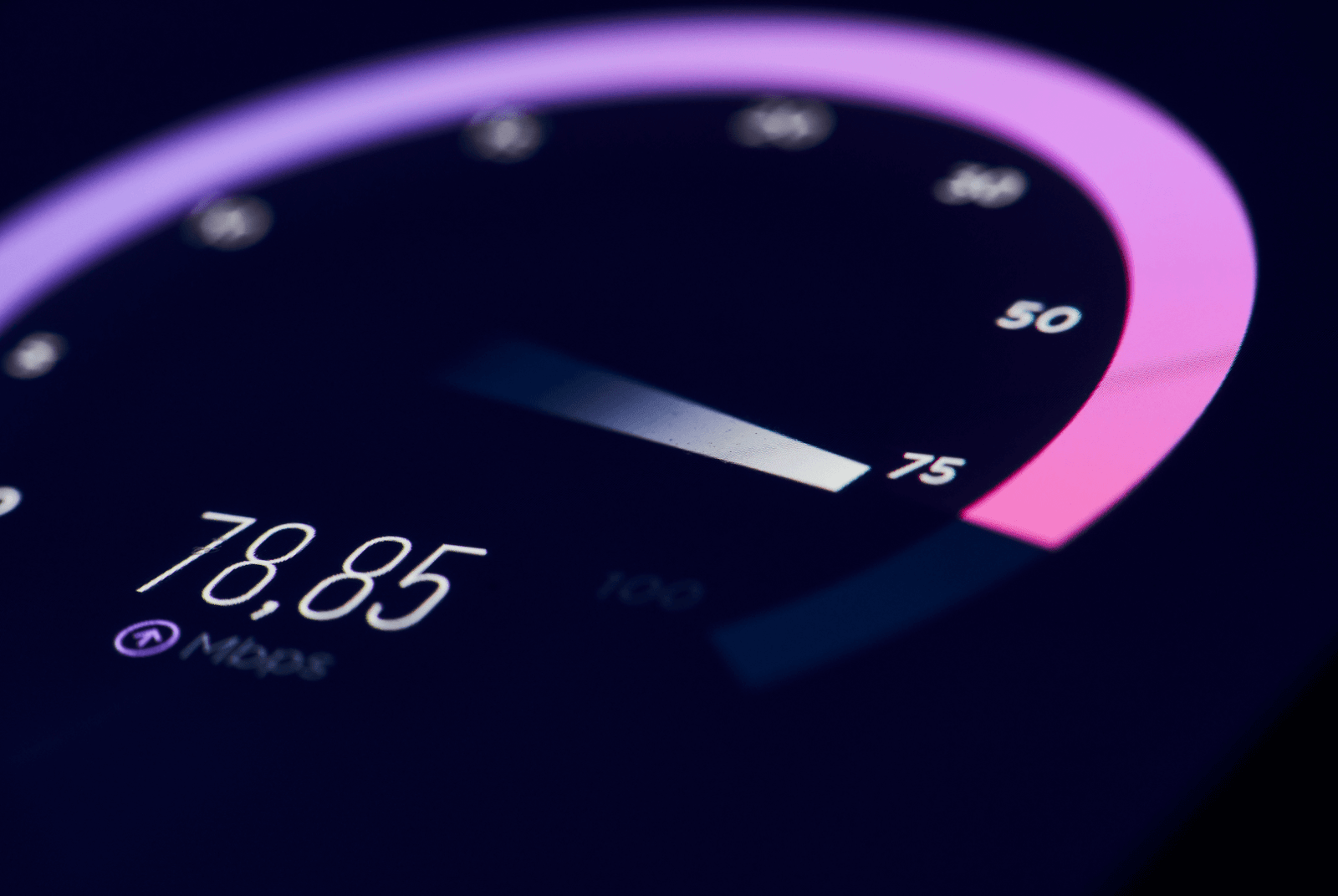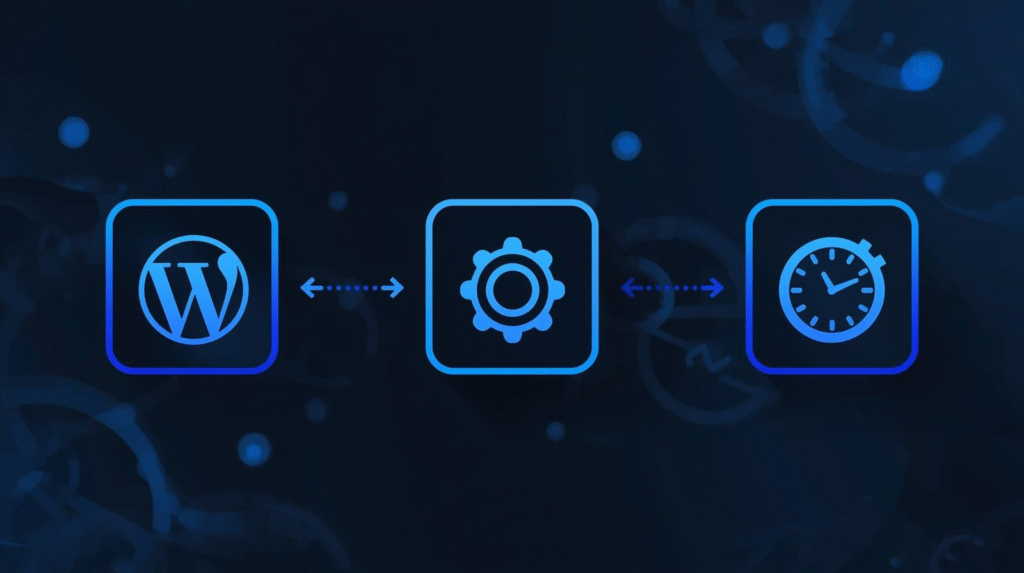This list goes beyond SSL and forms. It’s about stability, scalability, and real-world performance.
1. Server & PHP Optimization
Before a WordPress site can run fast, your server stack needs to be solid.
- Check caching layers:
Ensure both OPcache and an object cache (like Redis or Memcached) are active. These are essential for high-traffic sites and dynamic content. - Load test PHP workers:
Run a quick benchmark using tools like ab (ApacheBench) or k6. If you’re maxing out PHP workers too quickly, scale horizontally or increase concurrency limits. - Review resource limits:
Set max_execution_time and memory_limit according to the site’s complexity. WooCommerce, page builders, or heavy plugin ecosystems need extra memory overhead.
max_execution_time: 300 seconds minimum
memory_limit: 512MB
post_max_size: 512MB
upload_max_filesize: 512MB
2. Database & Cleanup
Your database silently determines how well your site performs. A bloated or unoptimized database is a ticking time bomb.
- Run wp db optimize to defragment tables.
- Clean up orphaned options and expired transients.
- Check autoloaded options. Anything over 1MB is a red flag. Heavy autoloading kills backend and frontend performance.
- Double-check your search/replace operations didn’t corrupt serialized data (especially if you migrated the site).
3. Security Essentials
A launch isn’t complete without closing every potential backdoor.
- Restrict access to wp-config.php via .htaccess or NGINX rules.
WordPress itself protects this file, but defense in depth matters. Add server-level blocks.
For Apache (.htaccess):
<files wp-config.php>
order allow,deny
deny from all
</files>
For Nginx:
location ~* wp-config.php {
deny all;
}
- Generate unique salts and keys. Never reuse defaults.
If you cloned a staging site or used a template, the authentication keys and salts might be identical across multiple sites. Generate new ones at WordPress.org’s secret-key service. - Audit all user roles. Delete leftover staging logins, temporary admins, or test accounts. Keep administrator password very strong.
- Optional but smart: Install a WAF (Web Application Firewall) if your host doesn’t already provide one.
Here’s a quick guide on 10 essential WordPress security tips to make sure your site is fully protected.
4. Caching, CDN & Asset Delivery
Caching isn’t just a nice to have. It’s survival under traffic.
- Verify cache headers:
Static files (CSS, JS, images) should have Cache-Control: public, max-age=31536000 for long-term caching. If you see no-cache or short max-age values, you’re forcing browsers to re-download assets unnecessarily. - Make sure cache purge hooks work when posts are updated or WooCommerce orders are placed.
- Do a CDN check to ensure no staging URLs are cached or served.
- Test with a hard refresh or clearing all cache or using curl -I to confirm headers are correct.
5. SEO & Indexing Integrity
This is where many developers slip. Technical SEO can quietly tank a new site before it ever ranks.
- Make sure “Discourage search engines from indexing this site” (Dashboard > Settings > Reading) option is disabled so search engines can crawl your website.
- Review canonical tags across all templates. Avoid duplicate or missing canonicals.
- For multilingual sites, verify hreflang tags are consistent and valid.
- Check robots.txt and <meta name=”robots”> to ensure the site is indexable post-launch.
- Test OpenGraph and Twitter Card previews manually using real sharing tools.
- Facebook Sharing Debugger: https://developers.facebook.com/tools/debug/
- Twitter Card Validator: https://cards-dev.twitter.com/validator
- LinkedIn Post Inspector: https://www.linkedin.com/post-inspector/
6. Monitoring & Maintenance Setup
A launch doesn’t end when you hit go live. That’s when real monitoring begins.
- Set up uptime monitoring with Pingdom, HetrixTools, or Better Uptime.
- Enable slow query logs to identify bottlenecks after launch.
- Enable error logging:
Enable WP_DEBUG_LOG in wp-config.php: This writes errors to /wp-content/debug.log without displaying them to visitors.
define(‘WP_DEBUG’, true);
define(‘WP_DEBUG_LOG’, true);
define(‘WP_DEBUG_DISPLAY’, false);
Conclusion
The truth is, most WordPress launch checklists are surface-level. But anyone running client projects or large-scale sites knows the deeper issues show up after launch.
By following this advanced checklist, you’re not just launching a WordPress site. You’re deploying a stable, scalable platform that can handle real traffic and grow without breaking.







